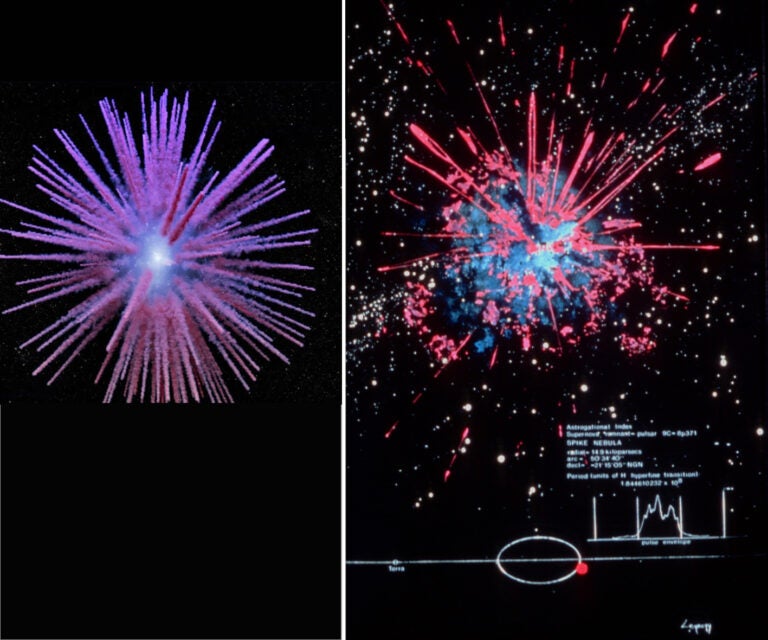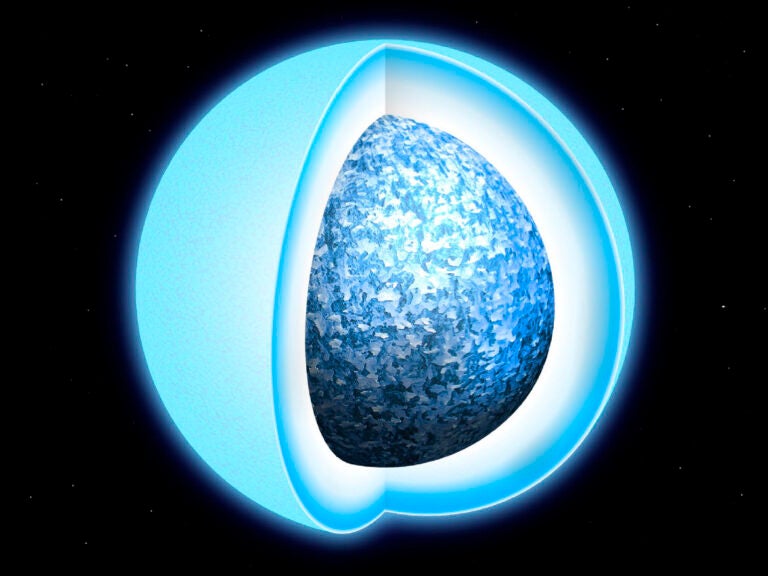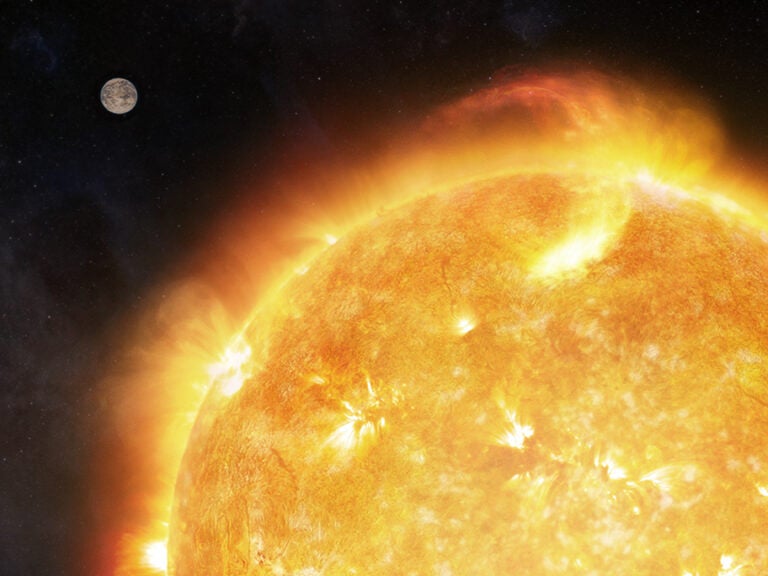NASA’s James Webb Space Telescope (JWST) recently captured the spectacular hourglass shape surrounding dark cloud L1527, located some 460 light-years away the constellation Taurus the Bull.
The image reveals giant clouds of material that are feeding the growth of a fledgling protostar located in the “neck” of the hourglass figure. The protostar itself remains hidden from view due to copious dust. But such dusty environments make for perfect targets for JWST’s Near-Infrared Camera (NIRCam), according to a NASA news release.
Although the newborn object is not visible in this photo, NIRCam was able to reveal the surrounding region in incredible detail. Strings of gas and dust are seen highlighting cavities in the cloud carved out by the protostar within. Regions where the dust is thinnest appear blue, while thicker pockets take on an orange hue.
Astronomers think the protostar at the core of L1527 is still relatively young — about 100,000 years old. And based on its brightness in far-infrared light, they think it’s still in the earliest stages of star formation. As time goes on, however, the protostar will continue to gather mass until it’s hefty enough to ignite nuclear fusion in its core, making it a full-fledge star.
With the new image, astronomers not only get a deeper understanding of the wild region around L1527, they also gain insight into the very formation of star systems like our own.










